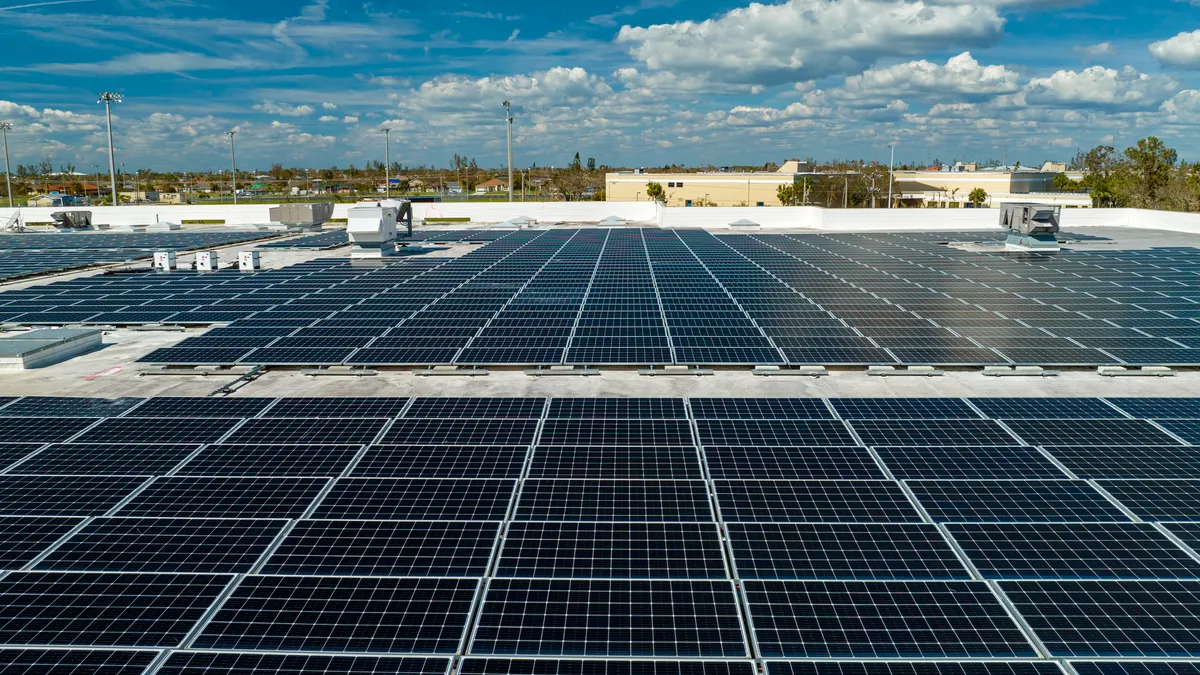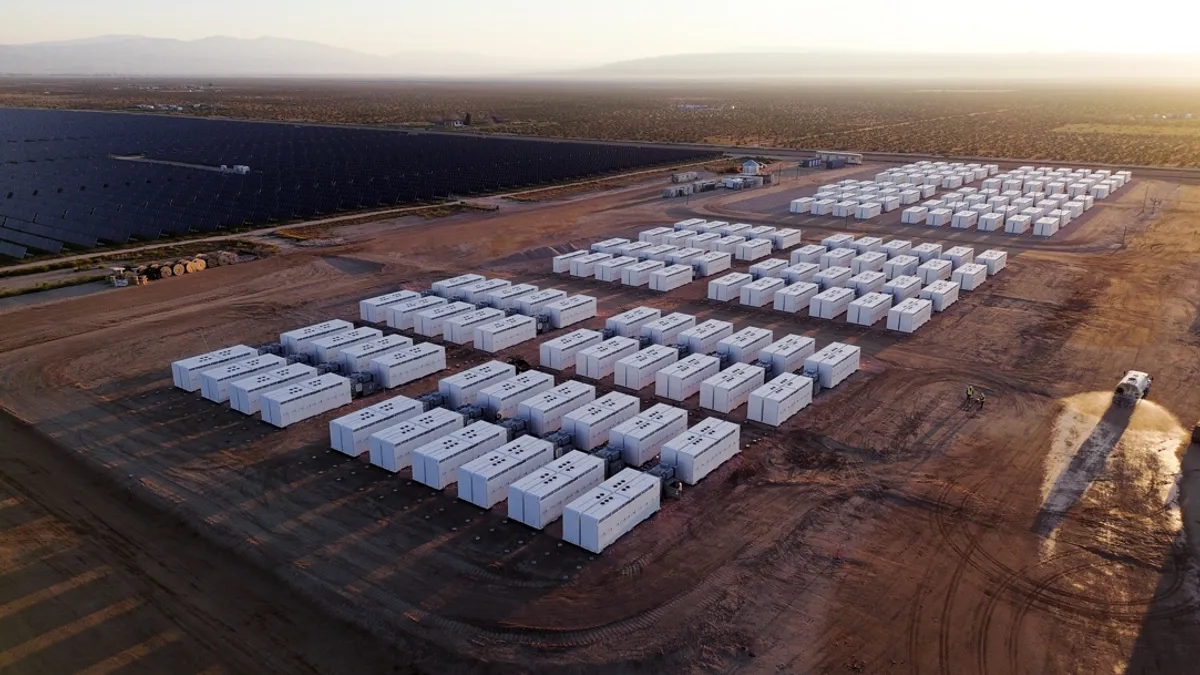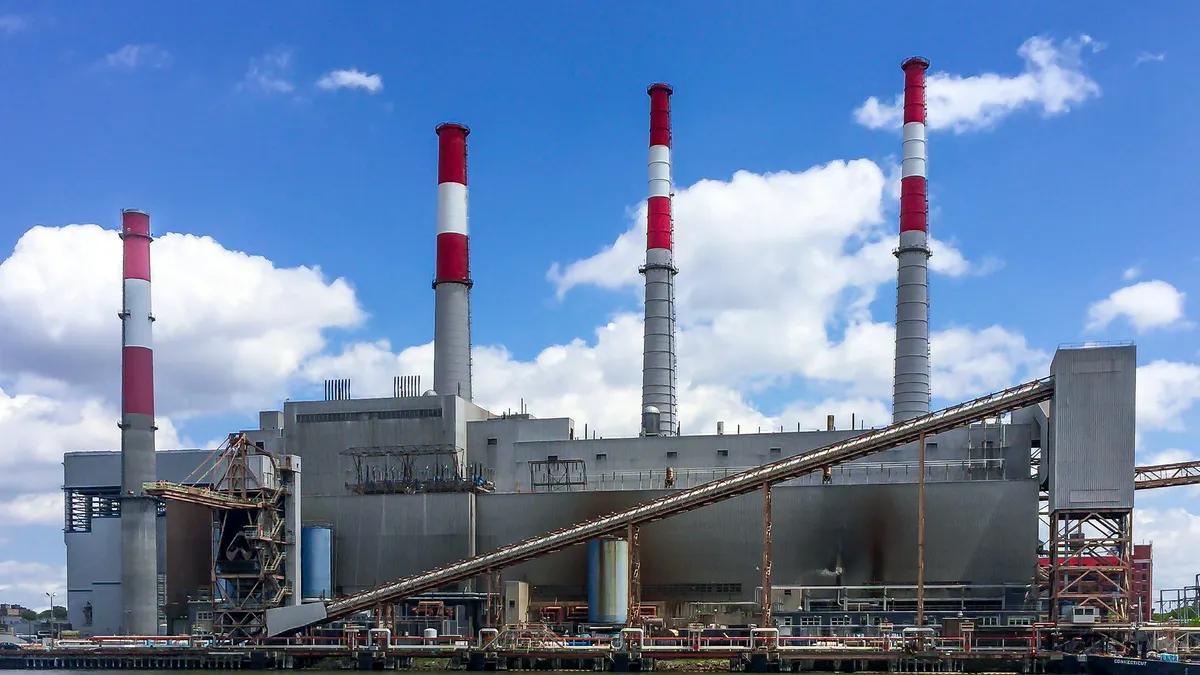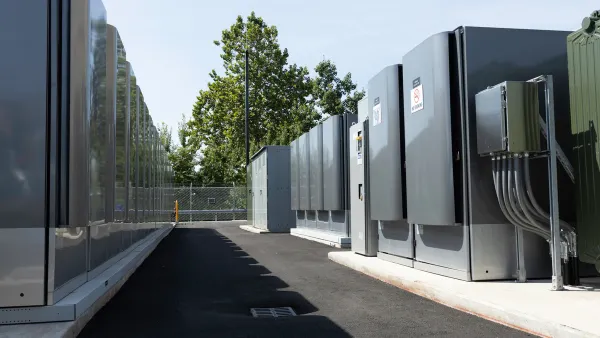2016 was a notable year for a number of distributed energy companies, with Tesla’s acquisition of SolarCity, Opower’s sale to Oracle and key solar net metering decisions dominating the headlines.
But slightly behind the scenes, another advanced energy vendor has been making strides in the market, living out what may be the DER startup dream.
Founded in a California garage in 2011, Bidgely is a provider of cloud-based energy management solutions to utilities and consumers. For the past six years, it has been developing its digital platform, offering consumers disaggregated energy reports that track the power output and cost of individual appliances, all without the need for hardware.
“Like your phone bill, bank bills, credit card bills have line items, your energy bills will now have information on where the money went,” said Abhay Gupta, the company’s CEO. “For decades, people ignored their energy statements because they didn’t have an option … But now people will have the option to look deeper here and say ‘Where’s the money going? … How can I be more efficient?’”
Gupta gave that quote to Utility Dive back in 2014, when the upstart was signing a deal with Texas energy retailer TXU for a pilot project. Fast forward two and a half years, and Gupta says the company is now working with more than 20 utilities in 10 countries, both on pilots and full-scale deployments of its customer engagement technology.
“For decades, people ignored their energy statements because they didn’t have an option … But now people will have the option to look deeper here and say ‘Where’s the money going? … How can I be more efficient?’”

Abhay Gupta
CEO of Bidgely
“In 2016 we completed multiple multi-million dollar, multi-million home, multi-year contracts,” Gupta told Utility Dive at the recent DistribuTECH conference in San Diego.
“Multiple large utilities have now been asking for disaggregation in their mainstream IRPs,” he added, “so the industry itself has matured from the education and awareness phase to deployment of disaggregation at large scale.”
Disaggregation advancements
Bidgely, like other energy management solution providers, aims to allow consumers to take control of their energy usage through increased knowledge of their power consumption. But unlike many of its competitors, the company offers energy consumption information for nearly every major household appliance without the use of any mandatory hardware.
The company’s technology analyzes data from smart meters to disaggregate energy usage into individual appliances over the course of a day. Consumers can view the consumption patterns on their phone, along with historical usage, billing alerts and any special offers from their utility, such as demand response programs.
“We have commercialized the technology of the appliance signature without using the smart plug,” Gupta said, “so we take the AMI interval data — 15, 30, 60 minutes, whatever — and break it down into itemized energy units.”
In the past year, Bidgely has “expanded our technology to make it 100% energy itemization,” Gupta said, covering a broader swath of household appliances. It also upgraded the solution to “to make it available to consumers not only through opt-in mechanisms.”
“Opt-in mechanisms generally include web and mobile [solutions] because opt-in only reaches about 20% or 25% of consumers,” Gupta said. “But, we've expanded to include opt-out mechanisms like email or SMS, using which we can reach 75% to 80% of the population when we are working with a utility.”
Those advances come on the heels of some encouraging results for Bidgely’s existing programs in the past year.
In January, the company announced its HomeBeat app was helping customers of Ontario utility London Hydro save an average of 2% on monthly energy consumption in the first few months of its program. More than one-third of customers who downloaded the company’s app logged on at least once a week, Bidgely reported. Gupta expects customer savings to climb as they get more accustomed to the program.
“Within the first three months we got 2.25% savings,” he said. “Generally the savings go up over the 12 months [of the year]”
The company achieved even more encouraging results in Australia, where a small pilot project with Melbourne utility United Energy allowed participants to reduce their peak demand about 30%. That pilot, which featured a gamified DR program that allowed customers to save nearly $25 per event, also included Bidgely’s first hardware deployment, a communication device that allowed users to track their energy usage in near-real time to monitor their progress during peak load events.
“We are doing it again this year,” Gupta said, and though results are not yet ready for release, the CEO says they “got better results this year than last.”
Attracting new partners
The success of those programs and others has piqued the interest of a number of large utilities, Gupta said. “Some of them we are working in an early stage pilot effort, some of them are full-scale deployments."
Utilities and vendors often agree not to disclose the names of participants in new energy management pilots, preferring to wait until results come in to avoid any negative press if savings do not pan out as planned.
Characteristically risk-averse, utilities “want the project to be rolled out and successful and then share the name and results, instead of sharing upfront, Gupta said.
Without linking names to specific contracts, Bidgely confirmed it has current contracts with utilities the likes of Pacific Gas and Electric, NV Energy and Commonwealth Edison in the U.S., along with large utilities like EDF and RWE in Europe. And as utilities get more comfortable with disaggregation, they’re using it for more than just customer use apps.
“For example,” Gupta said, “a million-home utility with all smart meters deployed is taking our solution and putting out a home energy assessment tool that starts from disaggregation. People can then use the disaggregation, answer a few more questions, and then do a full home energy audit.”
“For example, a million-home utility with all smart meters deployed is taking our solution and putting out a home energy assessment tool that starts from disaggregation. People can then use the disaggregation, answer a few more questions, and then do a full home energy audit.”

Abhay Gupta
CEO of Bidgely
The use of Bigely’s technology for home energy audits illustrates how the data can be useful to utilities for more than just peak demand reductions on a given day, said Leesa Lee, Bidgely’s vice president of market.
“It's also very useful as the grains to other initiatives and there are things utilities are beginning to do with customer engagement and efficiency,” she said.
Most consumers, Lee noted, aren’t willing to sit an answer “50 questions” about their energy usage. Even if they do, a new addition to the family or even just a new air conditioner can change load profiles so much that “all those answers go out the window.”
“With disaggregation, we pre-fill all those surveys,” she said, “and if something changes the user doesn’t have to go back and fill it out.”
Bidgely’s entrance into the SMS notification space can also help it improve utility customer engagement, Lee said.
“We can tell you ahead of time if your bill is going to be higher than usual and we can do that with our SMS platform or with the app that we have,” she said, “so productizing the disaggregation to be useful tools for utilities to give to users changes the game of how they can interact with their customers.”
Despite all that collection and display of personal energy information, Gupta said Bidgely has seen virtually no concern over data privacy from utilities and consumers.
“We have not seen any pushback from consumers, actually not a single one who says ‘why are you showing me this, how do you know all this?’” he said. “When you roll out to 10 million homes you might have people who come back and say ‘I don’t want this,’ and the simple solution is you turn it off."
Massive scale the goal
As it continues to refine its disaggregation software, Gutpa said the main goal for the next few years is to scale the product, focused primarily on utilities with full smart meter coverage.
“We have a technology that would work on monthly interval data instead of hourly or 15 minute, but we as a company are really focusing on utilities that have smart meters,” Gupta said. “We may be expanding in the future to the monthly read meters.”
The company sees new opportunity in helping utilities and customers get the most out of time-of-use rate structures, already being tested in Canada.
“We are deploying our solution in Ontario, which has 100% TOU rate deployed,” Gupta said. “So, we have specific solution widgets which are addressing the TOU plans by telling people their peak, their off-peak and also making recommendations to shift their load.”
As California prepares to move to default TOU rates in 2019, Gupta said Bidgely is working with utilities to help them prepare their customers.
“Think about a single-income family, stay at home mom, doing all of the cooking and laundry in the afternoon,” Gupta said. “Imagine what will happen [under TOU] — their bill is going to be higher. So there's a lot of education and preparation that will have to happen to roll out TOU and we are participating in some of the experiments to educate people and make them aware of the TOU rate plan."
“Think about a single-income family, stay at home mom, doing all of the cooking and laundry in the afternoon, imagine what will happen [under TOU] — their bill is going to be higher. So there's a lot of education and preparation that will have to happen to roll out [CA] TOU and we are participating in some of the experiments to educate people and make them aware of the TOU rate plan."

Abhay Gupta
CEO of Bidgely
Amid all of that, the company continues to refine its disaggregation solutions and move to patent more of its services. As it matures, Gupta aims to help make demand management as transformative as many of the new customer-sited technologies on the generation side.
“We are shaping the consumer behavior in the industry,” he said. “We may not be shaping the solar and the wind energy in their homes, we are shaping the industry from our side, but as some of the technologies get more deployed in the industry, we will absolutely be navigating through them as well.”
Correction: A previous version of this article misattributed quotations relating to the utility uses of Bidgely's disaggregation data. The comments were from Leesa Lee, vice president of market, and not Lisa Ann Pinkerton, a communications official for the company.




















